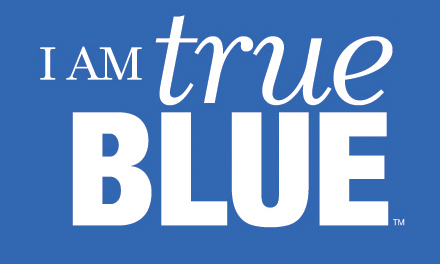Best Practices
- Advising
- Advising workshops with faculty and staff.
- Academic maps
- Highly organized advising structure and transition from freshmen advisor to professional advisor to faculty advisor.
- Faculty participation in early academic alert system.
- Building Community
- Student mentoring programs (peer, faculty, alumni, community, industry, etc...).
- Social activities via clubs and honor societies.
- Highlight and publicize student and faculty success.
- Pedagogy
- Experiential learning opportunities.
- Tutoring services.
- Course redesign and new academic programs.
- Additional teaching feedback for faculty.
- Honors courses.
- Removing Bureaucratic Barriers to Success
- Address curricular bottle-necks by providing additional academic support services for high fail-rate courses and adjust course schedule to offer more sections of high demand courses.
- Ease the transition for transfer students.
- Create early intervention programs for at-risk students.
- Remove bureaucracy and student "run-around" (i.e. make it easy to register, understand financial aid, pay bills, be advised, etc. and challenging to learn, not the other way around).



